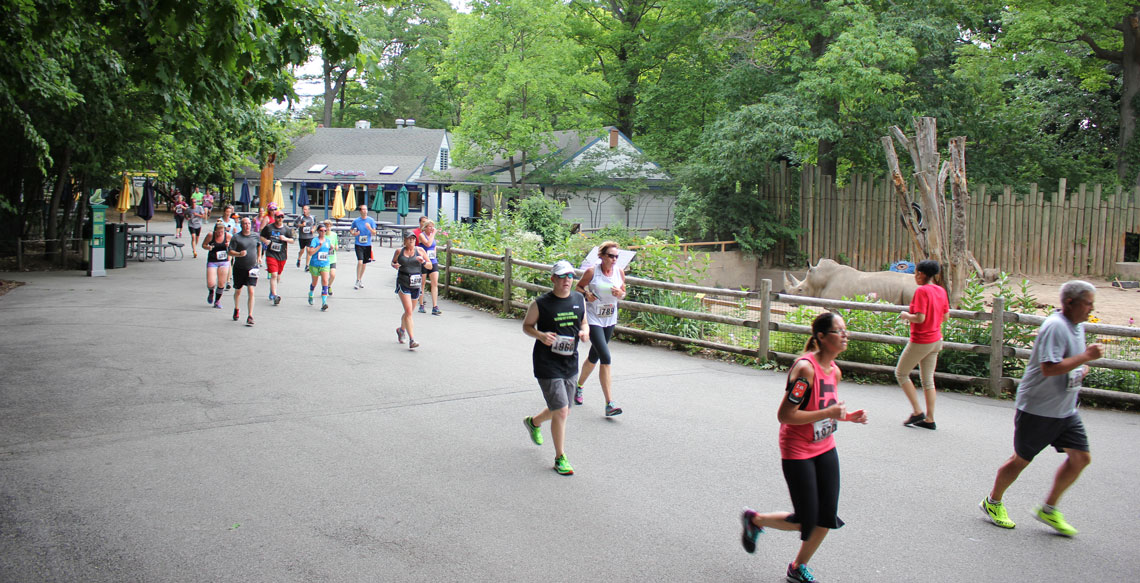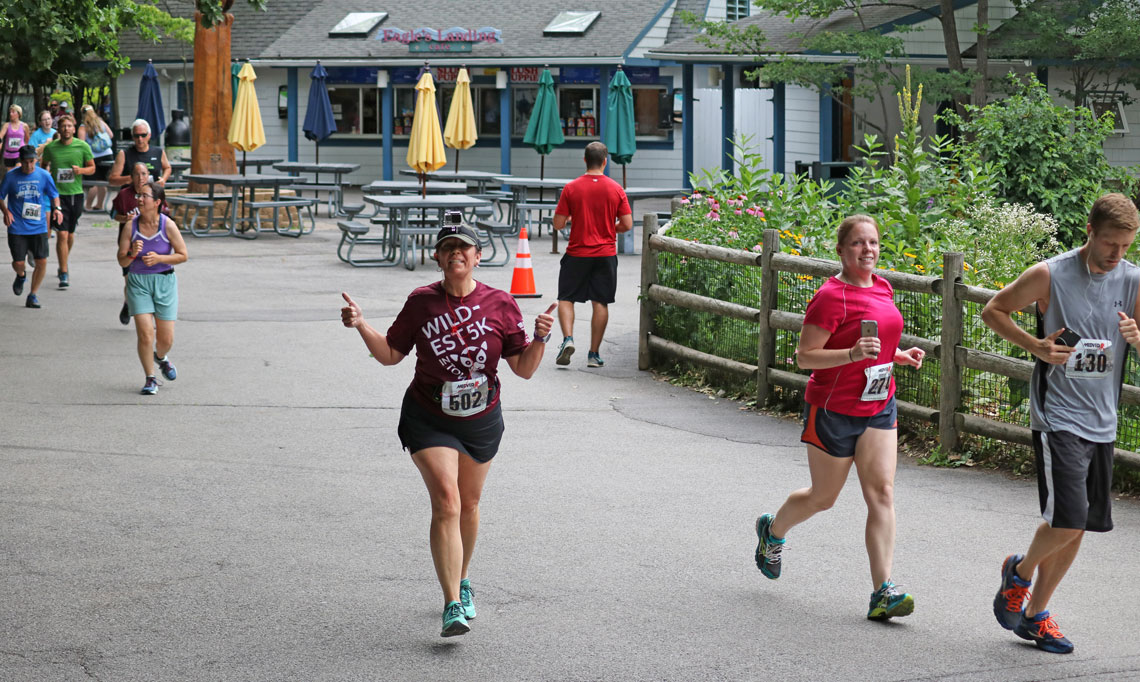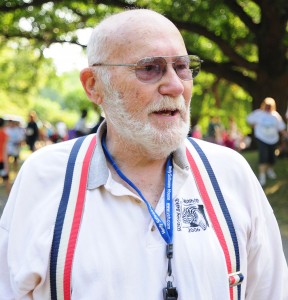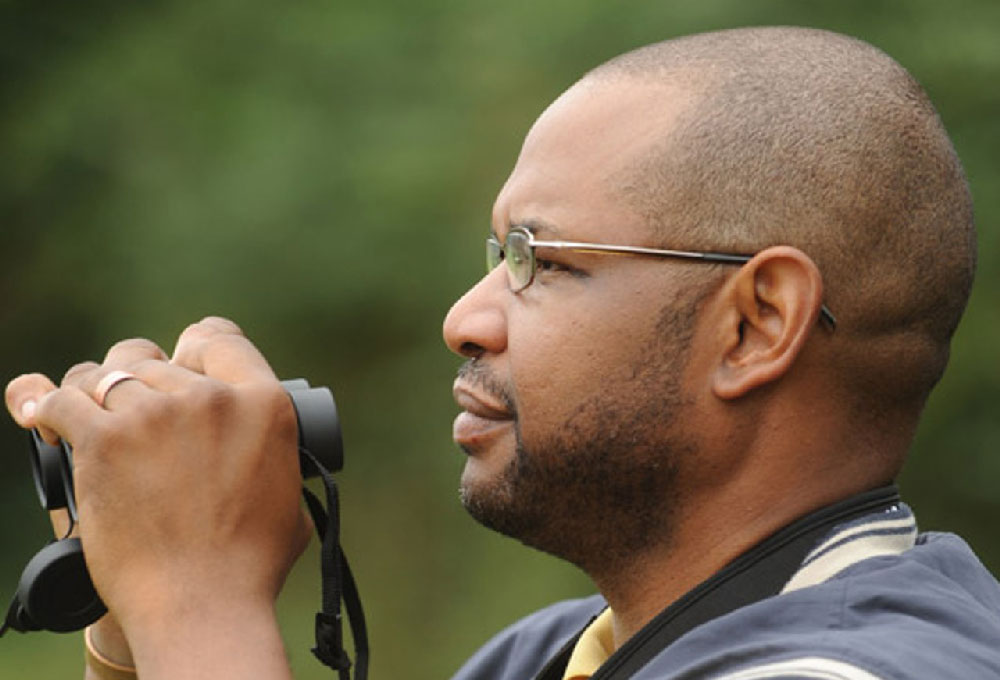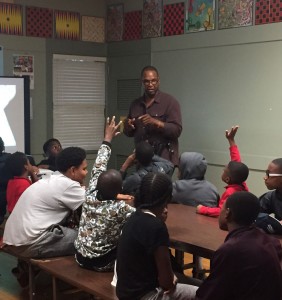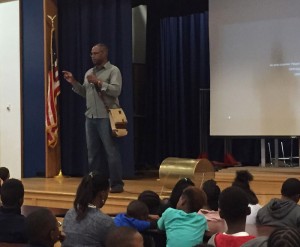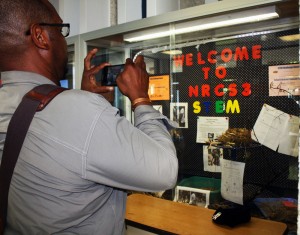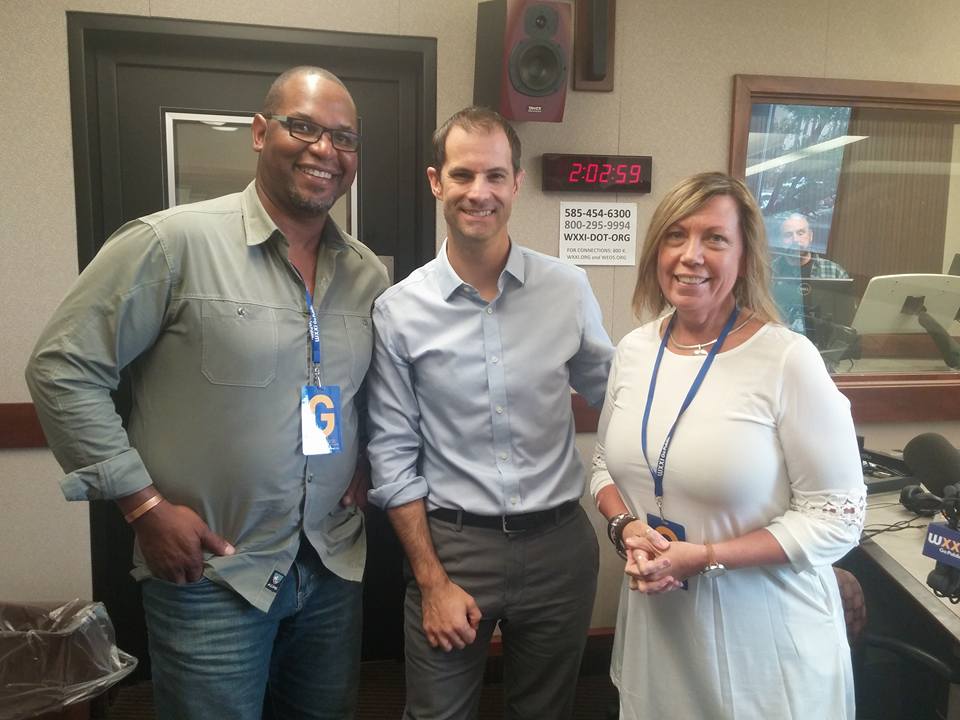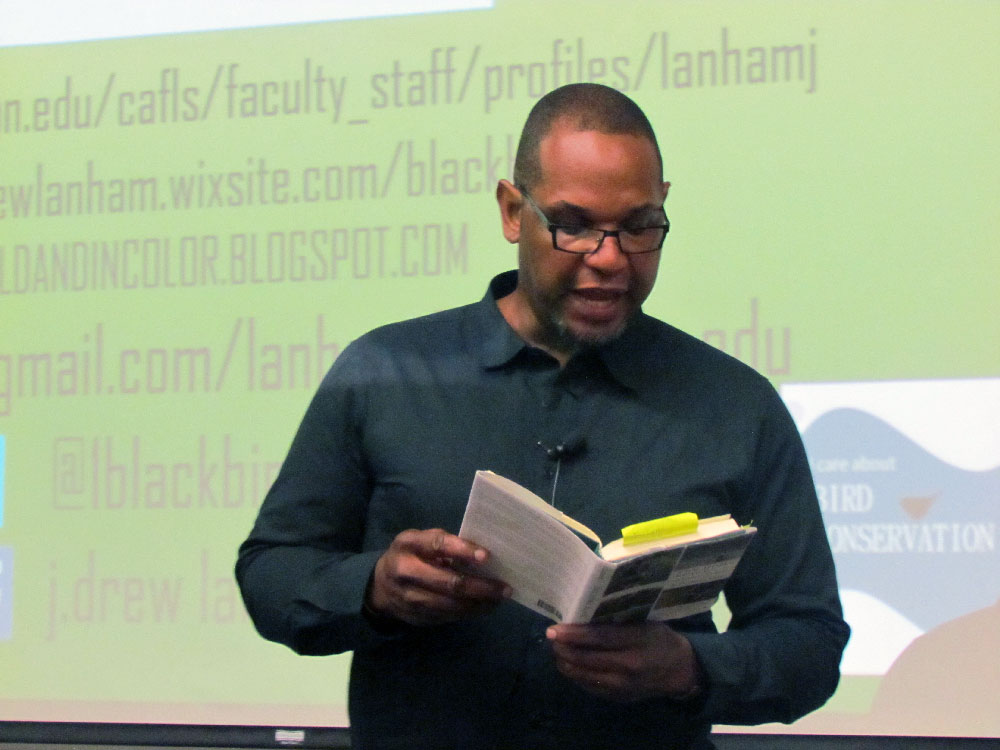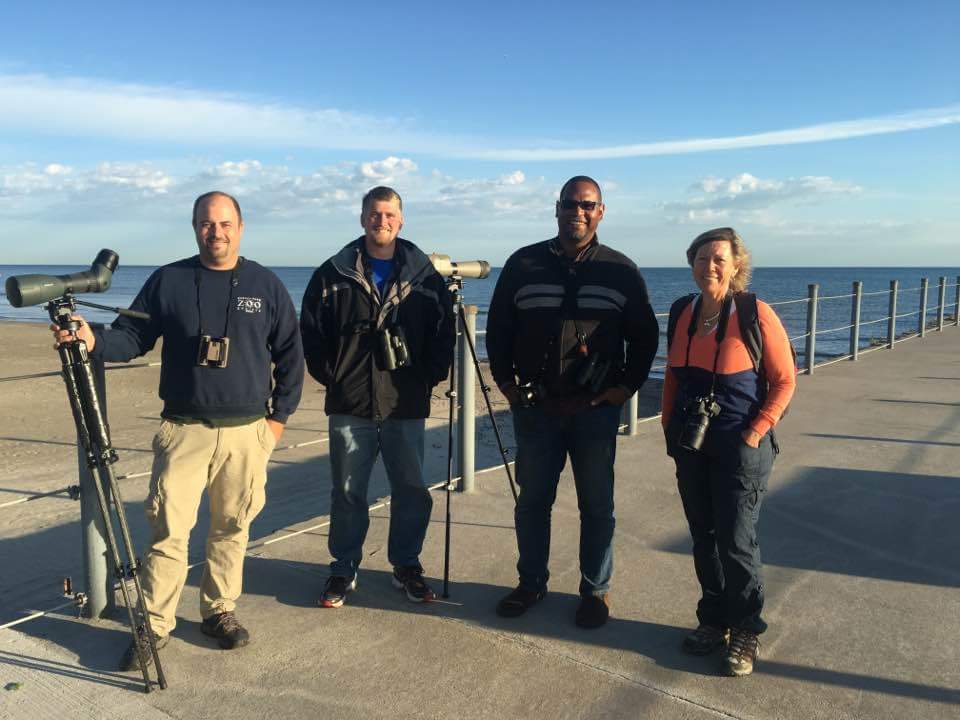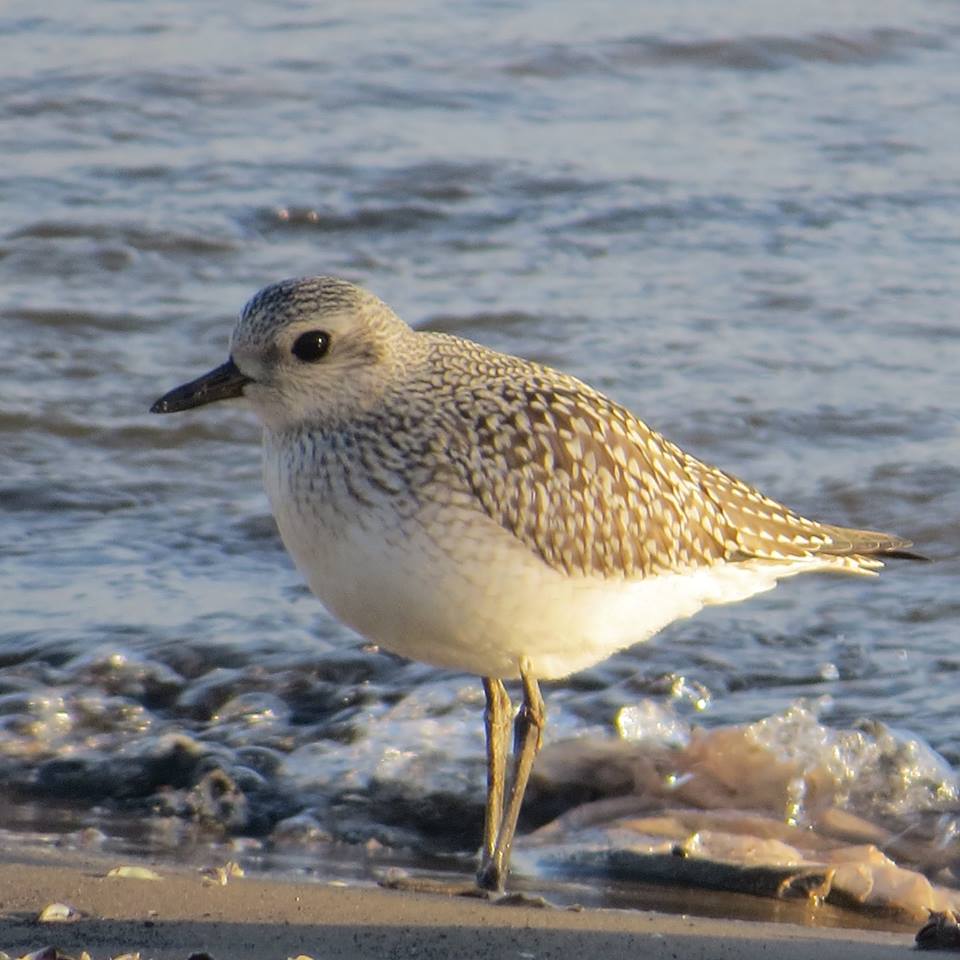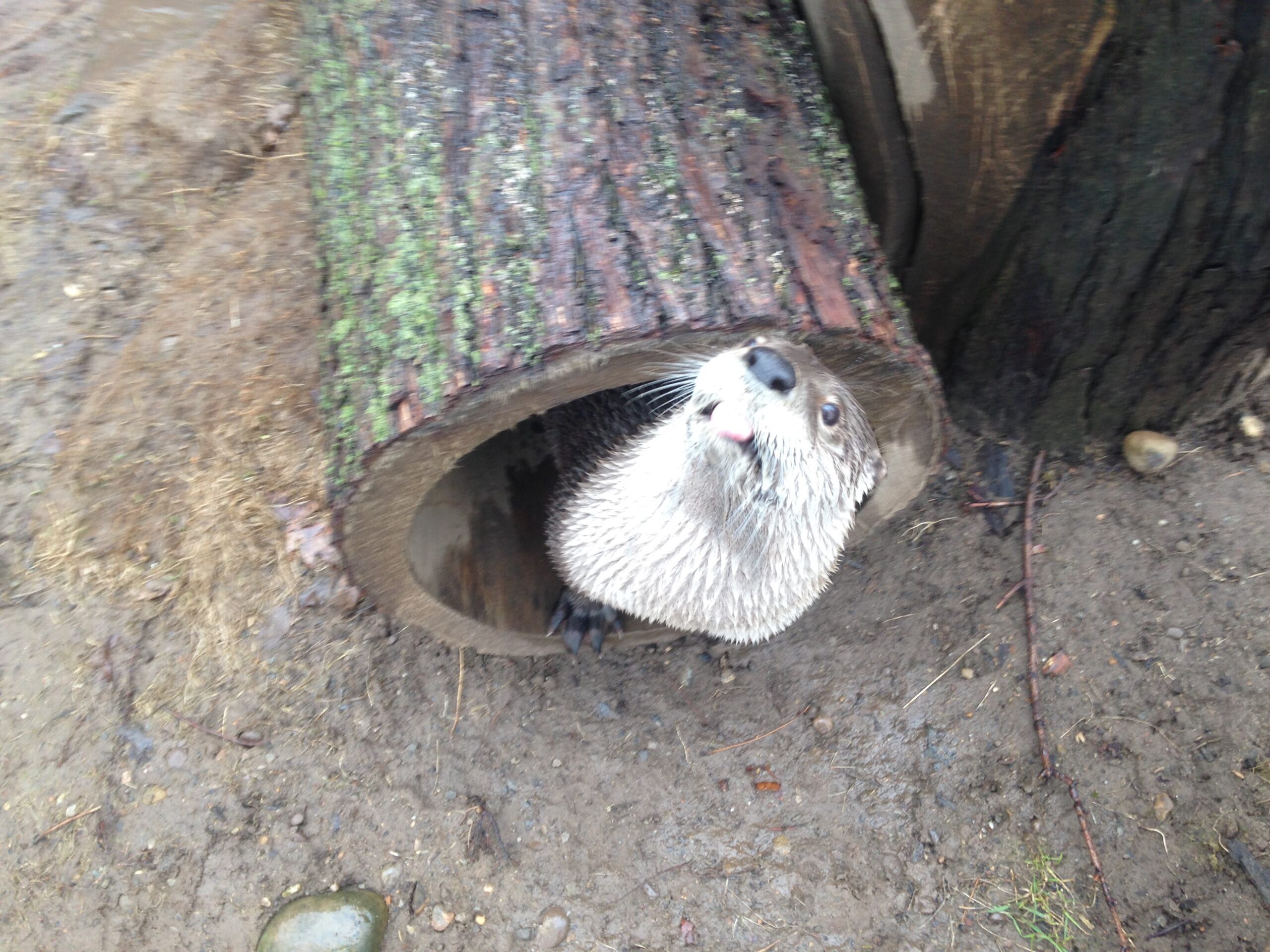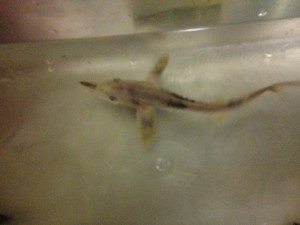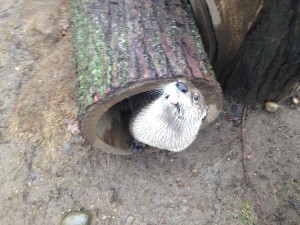Three weeks ago, I “went public” with the McNelly Challenge, and my goal to be able to run this year’s Jungle Jog 5K in tribute to its founder, Don McNelly. I asked people to join me in getting fit after 50 (or fit by 50) by setting a goal to walk or run in this year’s event, being held on Sunday, July 16.
I know there are a few you out there who thought, “Yes, I can do that; it’s time.” Or even, “Sounds like fun, and for a good cause.” Some of you, like me, started or recommitted to an exercise routine to safely prepare you for Jungle Jog. Some of you have maybe started and stopped. And some of you are still thinking about starting.
I want to encourage you to stop stopping yourself. You can do this, and you deserve to do this for yourself. And with eight weeks to go, there’s definitely time.
Believe me, I know it’s difficult to get started. We tell ourselves it’s going to be hard, and we’re not sure we’re going to succeed, and we don’t have the time. We must become our own cheering section. We have to let go of being sure that those who see us when we start will scoff at our efforts. I can promise you many of the people who see you on the treadmill at the gym or exercising outside are thinking, “That’s brave. I wish my dad would start taking care of himself,” and “You go, girl.”
A few days ago, I felt pretty good out there, and could feel myself growing stronger. I ran a little longer than I had previously without walking, and my lungs didn’t give out so easily.
This morning, everything hurt. I was so slow. I felt every extra pound fighting against my progress. My knees didn’t want to cooperate. The muscles in my upper back were aching.
And then I noticed the bright yellow of a goldfinch, and then the bright red of a robin, and then the bright red and yellow of a red-winged blackbird. I took in the lilacs and the lilies of the valley, every sight and every sound of the beauty of nature in my neighborhood. I made my way up to Lake Ontario and saw the powerful forces of the water on the shore.I choose to run and walk outside because the energy of nature is infectious. The sunrise I see when I run before work is a reminder that every new day is a new start. The buds and blossoms, the bees and the moths, the rabbits and chipmunks – they are not just distractions for me but they remind me how lucky we are to be able to experience these things.
They remind me, too, of how important it is that we all commit to being better stewards of this one world we have.
That’s really what the Jungle Jog 5K & Conservation Walk is about: the event raises funds for the education and conservation efforts of Seneca Park Zoo.
Those efforts include connecting people to the nature all around them, as well as wildlife around the world, to inspire them to save these animals from extinction. Whether it is lemurs in Madagascar or otters in the Genesee River, every creature deserves our best effort.
Maybe, just maybe, that means it’s time for you to join the McNelly Challenge.— Pamela Reed Sanchez, Seneca Park Zoo Society Executive DirectorREGISTER

